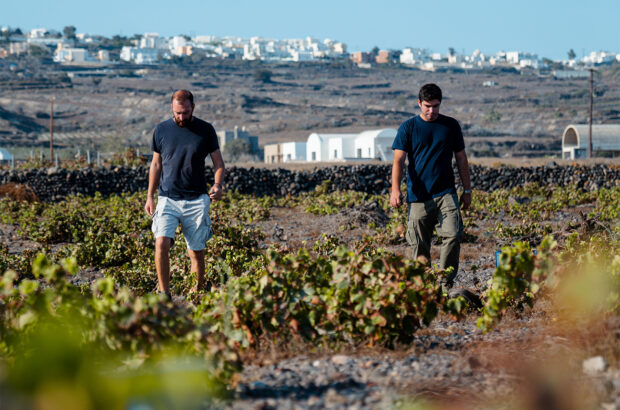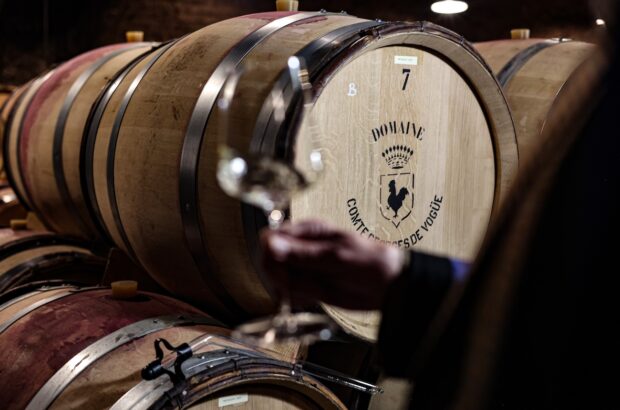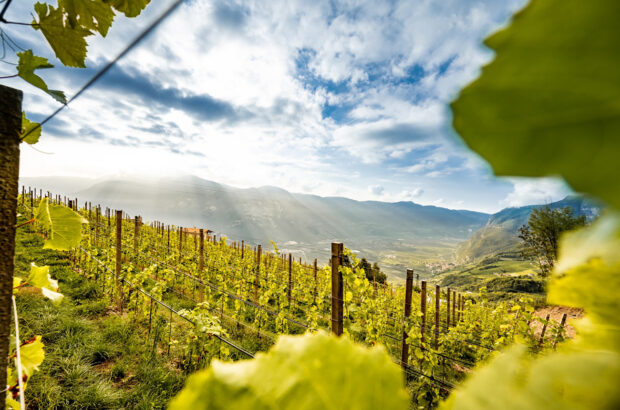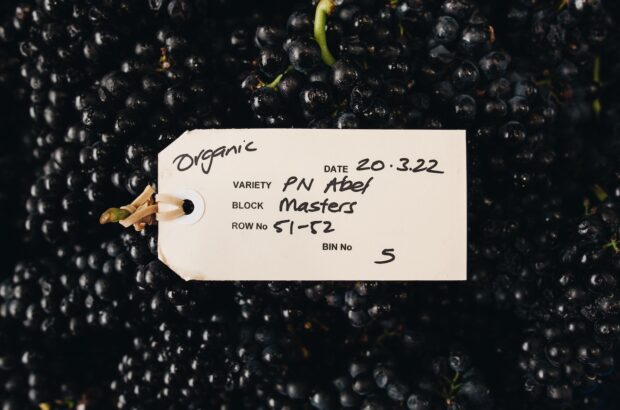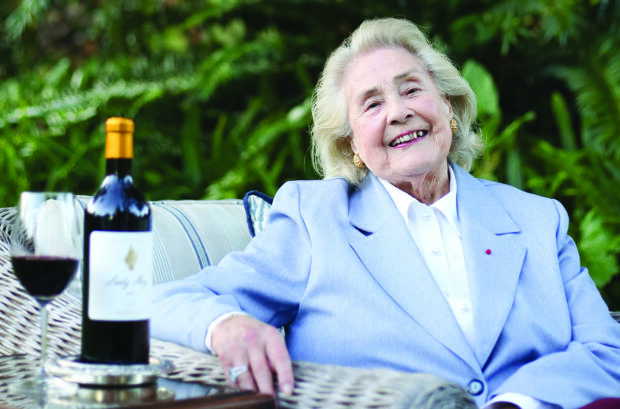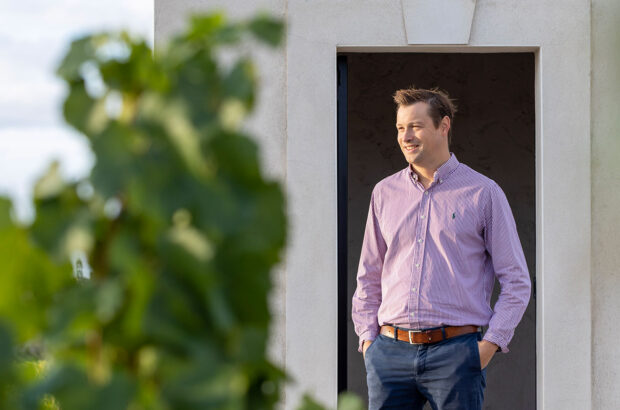Michael Pritchard MBE, the Essex-based inventor known for his LifeSaver® portable water purification device, is now applying his innovative mind to the world of wine. His latest creation, Vinalchemy, promises to revolutionise the industry by accelerating the ageing process of wine. This breakthrough offers exciting possibilities for both consumers and producers eager to reduce the time between vintage and market readiness.
‘I’ve been an inventor my whole life. I filed my first patent at the age of 11 with the help of my father. By 30, I was proudly calling myself an inventor, even though people often think inventors are just mad blokes tinkering in sheds. For me, it’s always been about solving problems that frustrate or annoy me.
‘Frustration led to my invention of the LifeSaver® bottle. It was Boxing Day, and I saw the devastation of the 2004 Asian tsunami on TV. Then Hurricane Katrina hit the US the following year. Here we were, in the 21st century, and people in disaster zones were forced to drink from puddles. I knew there had to be a better solution. That’s what led me to create a portable water purifier that removes bacteria and viruses without the need for chemicals or electricity. Even a three-year-old could use it.
‘When it comes to wine, I’ll admit that I’m not a connoisseur. I have a reasonable palate and nose, but I think that’s helped me approach the problem differently. It all started with a Christmas gift – one of those Venturi-type wine aerators that use narrow holes to entrain air into the wine. It didn’t work, and it annoyed me. I started thinking about what they were trying to achieve and dove into the science of wine ageing.
‘Have you heard of the vicinal diphenol cascade? Don’t worry, most wine experts haven’t either. It’s a biochemical process that plays a critical role in wine ageing. Oxygen interacts with phenolic compounds like tannins and anthocyanins – the molecules responsible for a wine’s structure and colour.
‘Oxygen helps tannin monomers, which are small and bitter, link together like Lego bricks to form polymers. This reduces astringency and gives the wine a smoother taste. Anthocyanins – the colour pigments – “bolt on” to the ends of these polymer chains, known as bookending, stabilising and locking in the wine’s colour. Together, they form a three-dimensional cage that traps hydrophobic volatile organic compounds, or aromas, within allowing them to evolve harmoniously on the nose.
‘This process doesn’t just improve flavour and aroma. Proteins from the wine attach to the outside of this cage, further smoothing the mouthfeel.
‘Traditionally, this takes years in barrels or months with micro-oxygenation (MOX) in steel tanks. MOX was a breakthrough when it was developed in France in the 1990s, but it’s complex, time-consuming, and difficult to use effectively, especially in the early stages of the winemaking process where wine is actually at its most susceptible to improvement with the addition of oxygen.
‘Our Vinalchemy technology changes everything – we’ve developed a system that achieves the same results as years of ageing – but in seconds.
‘We use ultra-low oxygen microbubbles which are injected into the wine using our proprietary, patent-pending industrial process. These bubbles create an incredibly thin film of wine, where osmotic pressure forces the oxygen to dissolve immediately where it further reacts instantly with the molecules in the wine. This happens millions of times per second. Our process then removes unreacted oxygen; which prevents further change, permanently fixing the wine, leaving it smoother, rounder and more harmonious. The French would call this élevage, we call it Vinalchemy.
‘Our laboratory test rig allows us to tailor the treatment to a specific wine. We can adjust settings for tannin condensation, colour stability, aroma profile etc. Once the head winemaker is satisfied, these parameters are programmed into the Vinalchemy unit at the winery. The process is completed in a single day, producing consistent results at a rate of up to 40,000 litres per day.
‘We’ve been working with Plumpton College to test Vinalchemy. The laboratories there proved that our process condenses tannins, stabilises colour and mimics natural ageing and also confirmed that it releases bound SO2, making the wine taste sweeter and allowing winemakers to use less sulphur dioxide and sugar overall.
‘In 2023, Plumpton used our technology on its Bacchus Reserve. The treated wine was smoother, sweeter and more vibrant than its untreated counterpart – and it went on to win an award.
‘The implications for the wine industry are enormous. For smaller producers, Vinalchemy can eliminate the need for stock financing – that heavy financial burden they are often forced into using by having to store wine for many months/years before it’s ready to sell. For larger and smaller wineries alike, it reduces production costs, improves flavour profiles, allowing the winemaker to release market-ready wines faster, ultimately leading to increased profits.
‘We’ve used the process on the base wine for sparkling, and the results are very promising, too. It’s possible to create a more mature, aged flavour profile in sparkling wine in significantly less time.
‘The technology isn’t limited to wineries, either. For consumers, we’ve developed the Winewizard – a compact device that uses the same principles to improve wine at home. It’s perfect for enhancing a bottle just before drinking.
‘Every wine has a journey to be on, and our technology helps it get there faster and better. Whether it’s a tannic red that needs softening, a white that could use more balance or a sparkling wine base that benefits from accelerated ageing, Vinalchemy makes a real difference. Innovation can solve even the most complex challenges – and this time, it’s wine lovers who stand to benefit.’
Our verdict

Testing the Winewizard device with Michael Pritchard MBE at the Decanter tasting suite. Image credit: Sylvia Wu
We tested the Winewizard device at the Decanter office by submerging the diffuser into a small glass of wine and releasing fine bubbles for a few seconds. After most of the bubbles had disappeared, we tasted the treated wine and compared it to the untreated version.
We found that youthful dry white wines with sharp acidity and a steely, green fruit-driven palate tended to develop a rounder, riper, and more textured mouthfeel after using the device.
Similarly, youthful, robust dry red wines with relatively coarse, rustic tannins appeared to benefit from the treatment, becoming smoother and more approachable.
However, more delicate reds with soft tannins, as well as wines that already exhibited very ripe and opulent fruit or had relatively lower acidity, showed less improvement during our tasting.




